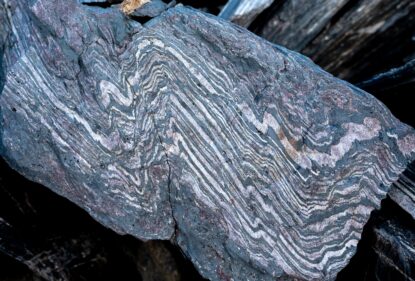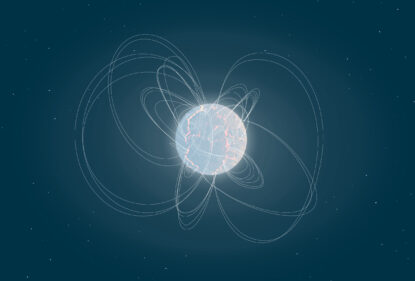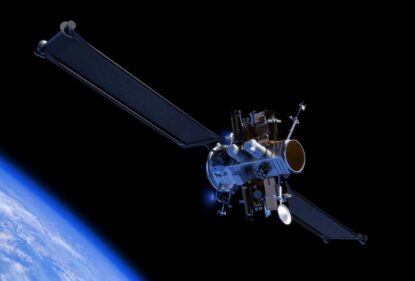Selection of 12 interesting facts about the most mysterious planet in the Solar system.
1. The diameter of Mars is 6780 km. It is smaller than Venus and Earth, but larger than Mercury. The gravity on the surface of the Red Planet is 37% of the Earth’s.
2. The duration of the average solar day on Mars (called sols) is 24 hours 39 minutes 35 seconds. This is only 2.7% longer than the Earth’s day. The Martian year consists of 668.6 sols.
3. Now Mars has no global magnetic field. However, there are magnetized areas in its crust, indicating that in the distant past the planet possessed it.
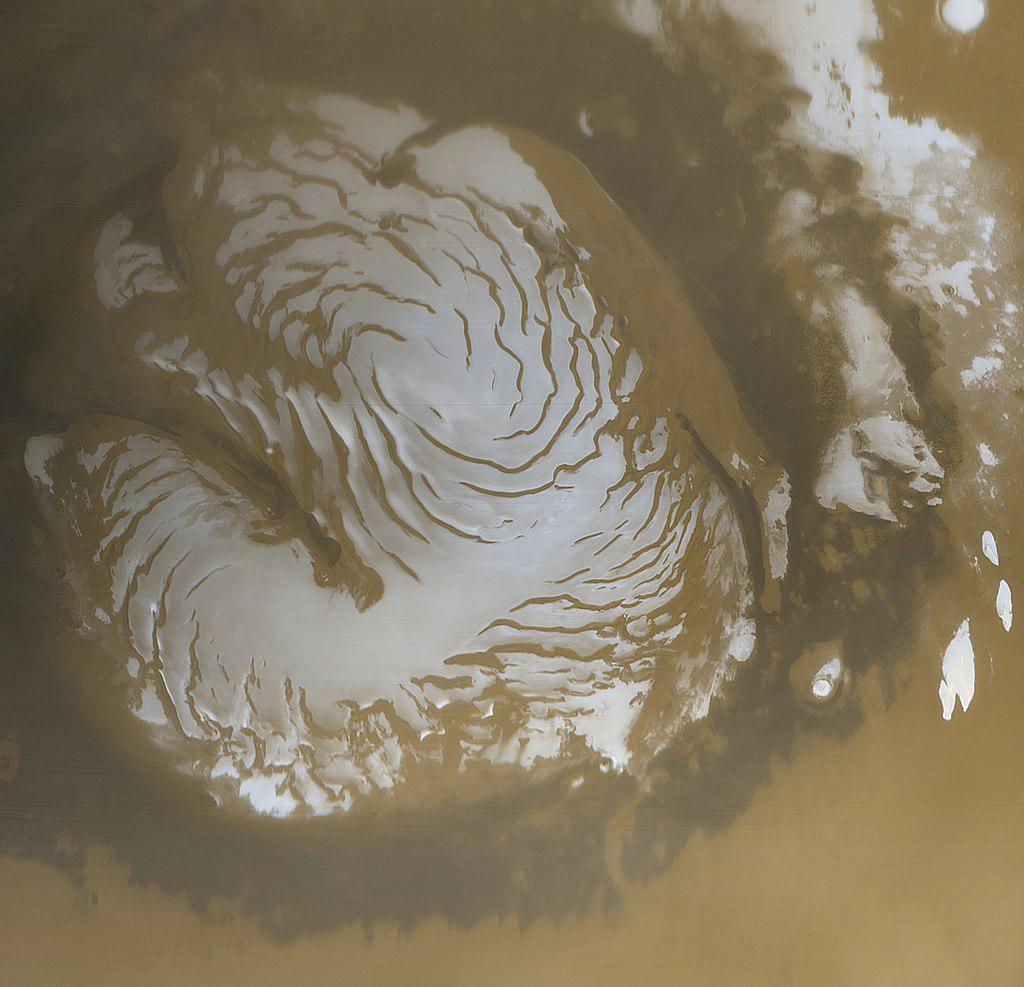
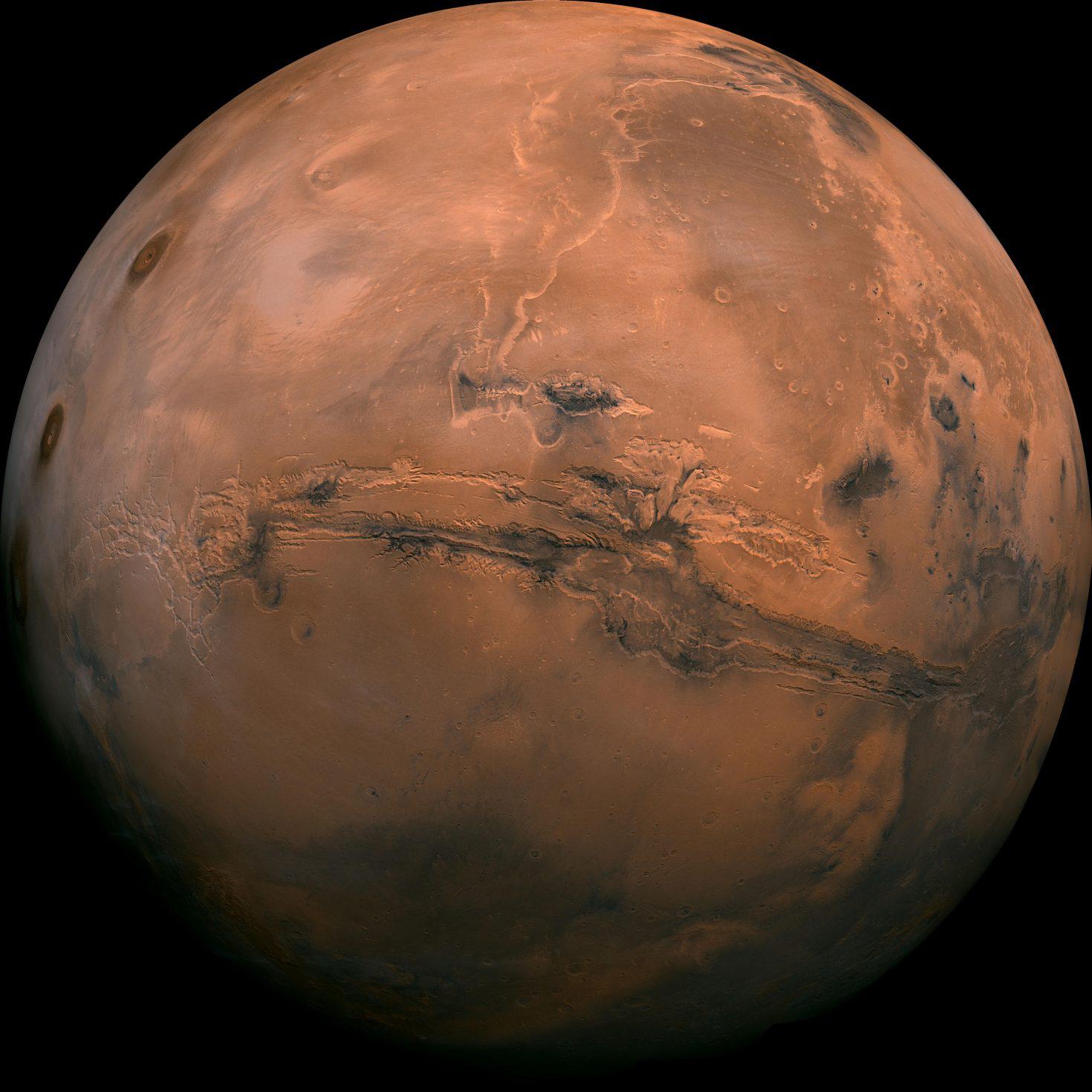
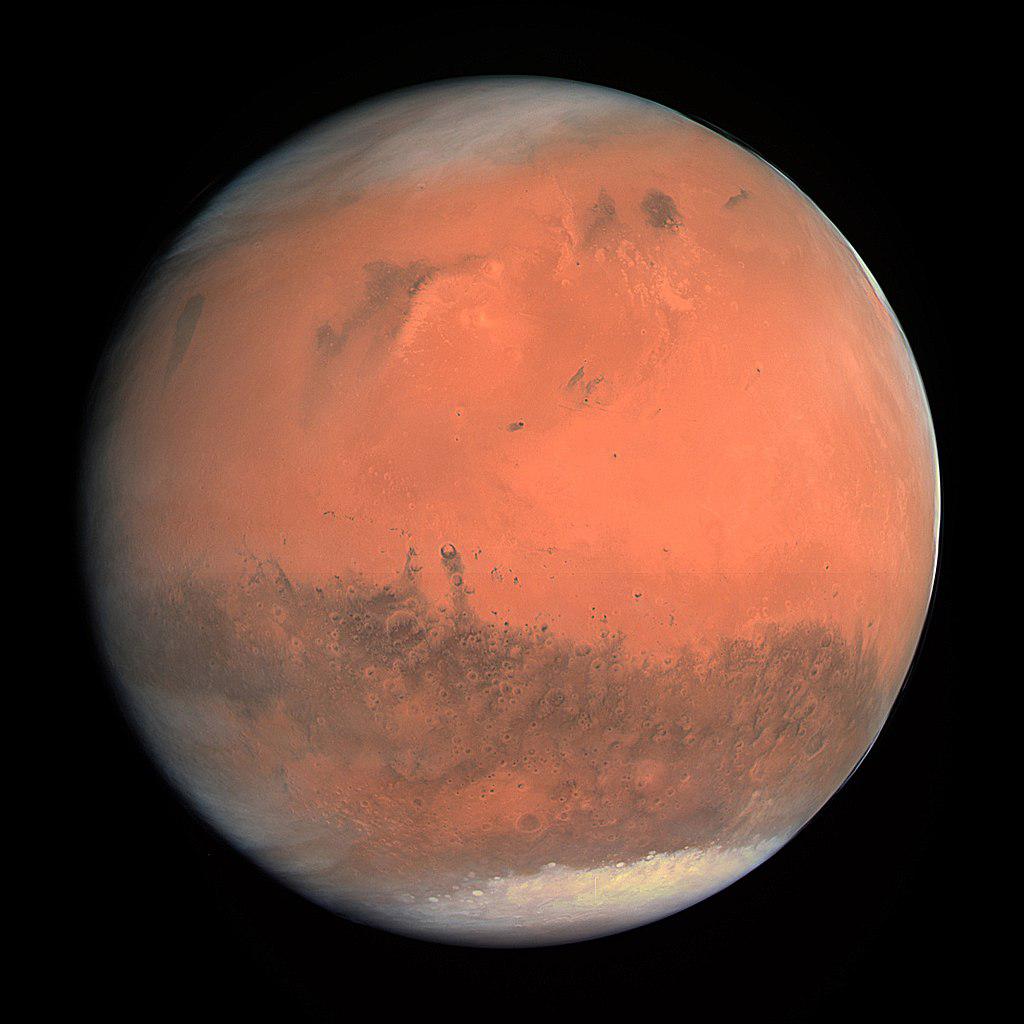
4. The temperature on Mars ranges from -153°C at the poles in winter, to +25°C at the equator in summer, in temperate latitudes from -50°C at winter night, to 0 °C on summer day. The average temperature of the Red Planet is -55°C.
5. Martian sunrises and sunsets are the complete opposite of earth’s. Because of the dust scattered in the atmosphere of the planet, they are painted in blue tones.
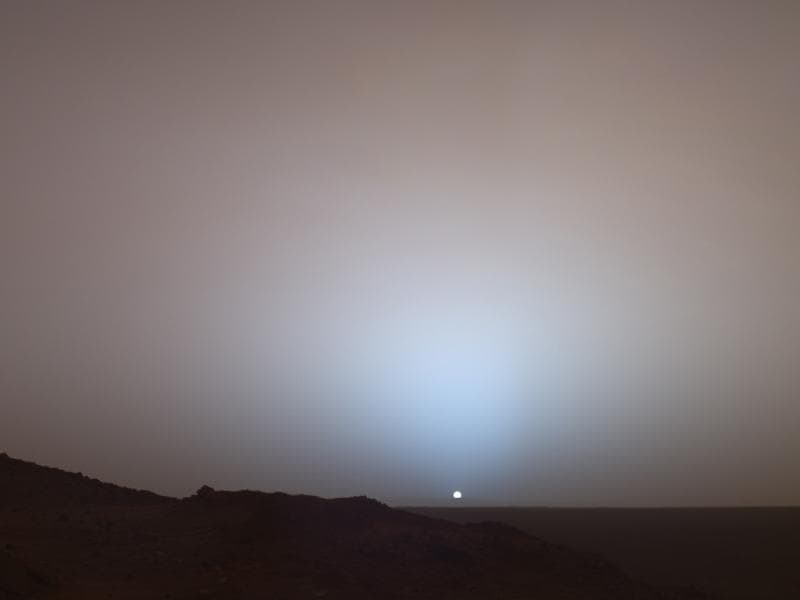
6. The polar caps of Mars consist of two layers. The lower one is a mixture of water ice and dust — this is the so-called permanent cap. The observed seasonal changes occur due to the upper layer consisting of solid carbon dioxide, known as “dry ice”. In spring, with an increase in temperature, it sublimates (passes from a solid state to a gaseous state without melting), as a result of which the visible size of the cap decreases. In winter, carbon dioxide begins to freeze out of the atmosphere and the cap increases again.
7. The atmosphere of Mars is 95% carbon dioxide. It is characterized by noticeable seasonal pressure drops associated with evaporation and freezing of the polar caps. On average, the atmospheric pressure at the Martian surface is 160 times less than at the Earth’s surface at sea level.
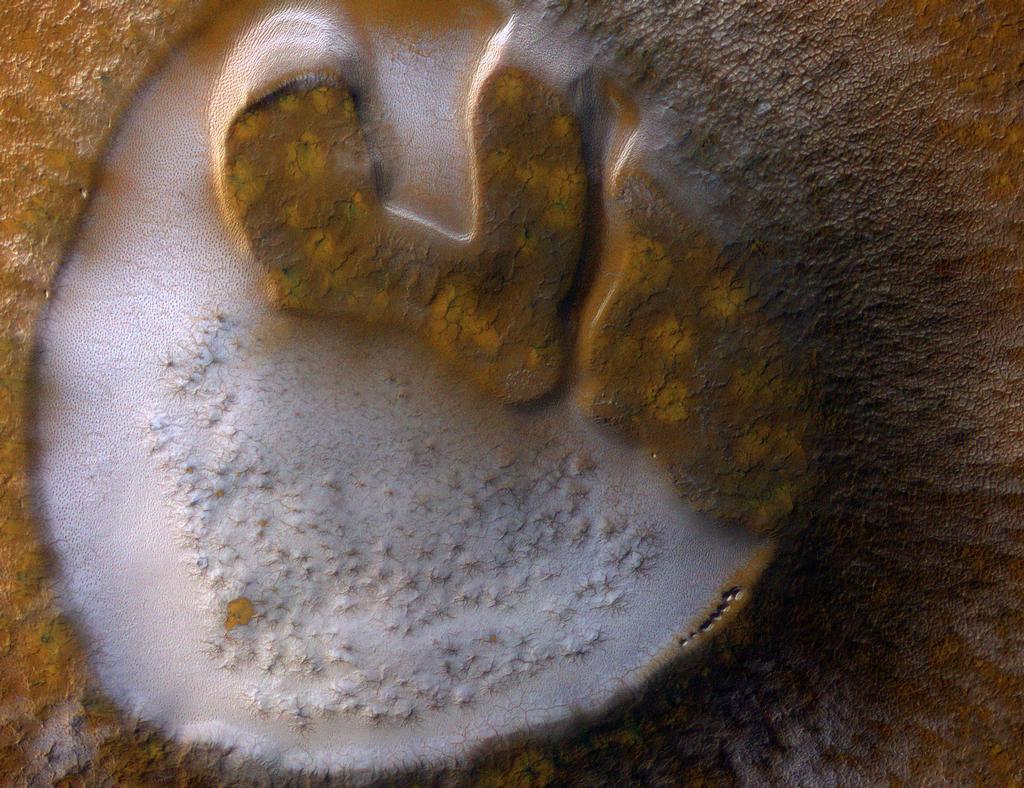
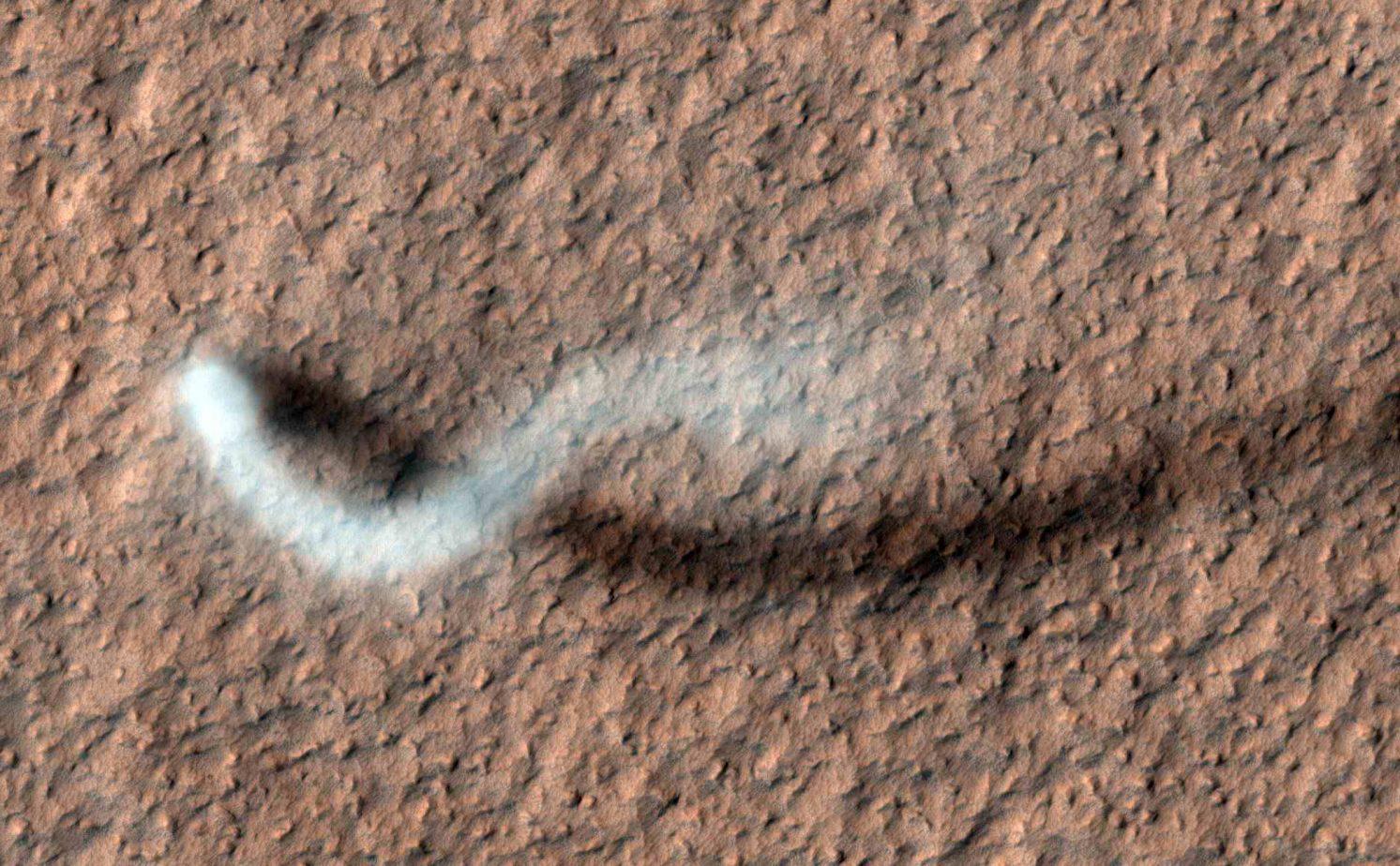

8. Mars is the most studied planet in the Solar system (of course, not counting Earth). Currently, three rovers are working on its surface (American Curiosity and Perseverance with the accompanying Ingenuity micro-helicopter, as well as the Chinese Zhu Zhong), the stationary InSight laboratory (NASA), and eight spacecraft are in areocentric orbit (Mars Odyssey, Mars Express, MRO, MAVEN, Mangalyaan, TGO, “Al-Amal”, “Tiangong”).
9. The largest volcanoes of the Solar System are located on the Red Planet. They are located in the province of Tharsis — a huge volcanic highlands, the total area of which is 30 million km² (this is comparable to the area of Africa). The mass of volcanic deposits of Tharsis is so large that, according to scientists, it could cause a shift in the axis of rotation of the planet.
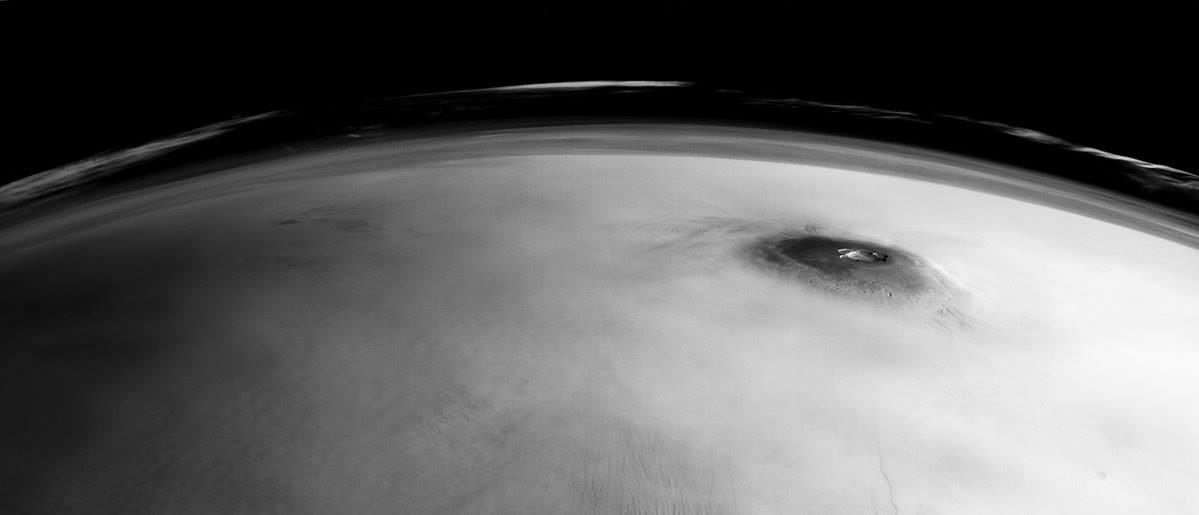
10. Mars has a pronounced asymmetry. Its southern hemisphere and equatorial regions represent an ancient, densely cratered surface. The northern hemisphere is mainly occupied by a giant lowland (the Great Northern Plain) with a length of about 10,600 and a width of 8,500 km. Its average height is 6 km below the rest of the surface. It is possible that the asymmetry of the Martian hemispheres is caused by the consequences of a giant collision experienced by the planet at the dawn of the evolution of the Solar System.
11. Mars has one of the largest canyon systems in the Solar System, known as the Valles Marineris. Its length is 4,500 km (a quarter of the circumference of the planet), width — 200 km, depth — up to 11 km. In length, it is 10 times larger than the famous Grand Canyon of the Colorado River (USA), as well as 7 times its width and as many times its depth.


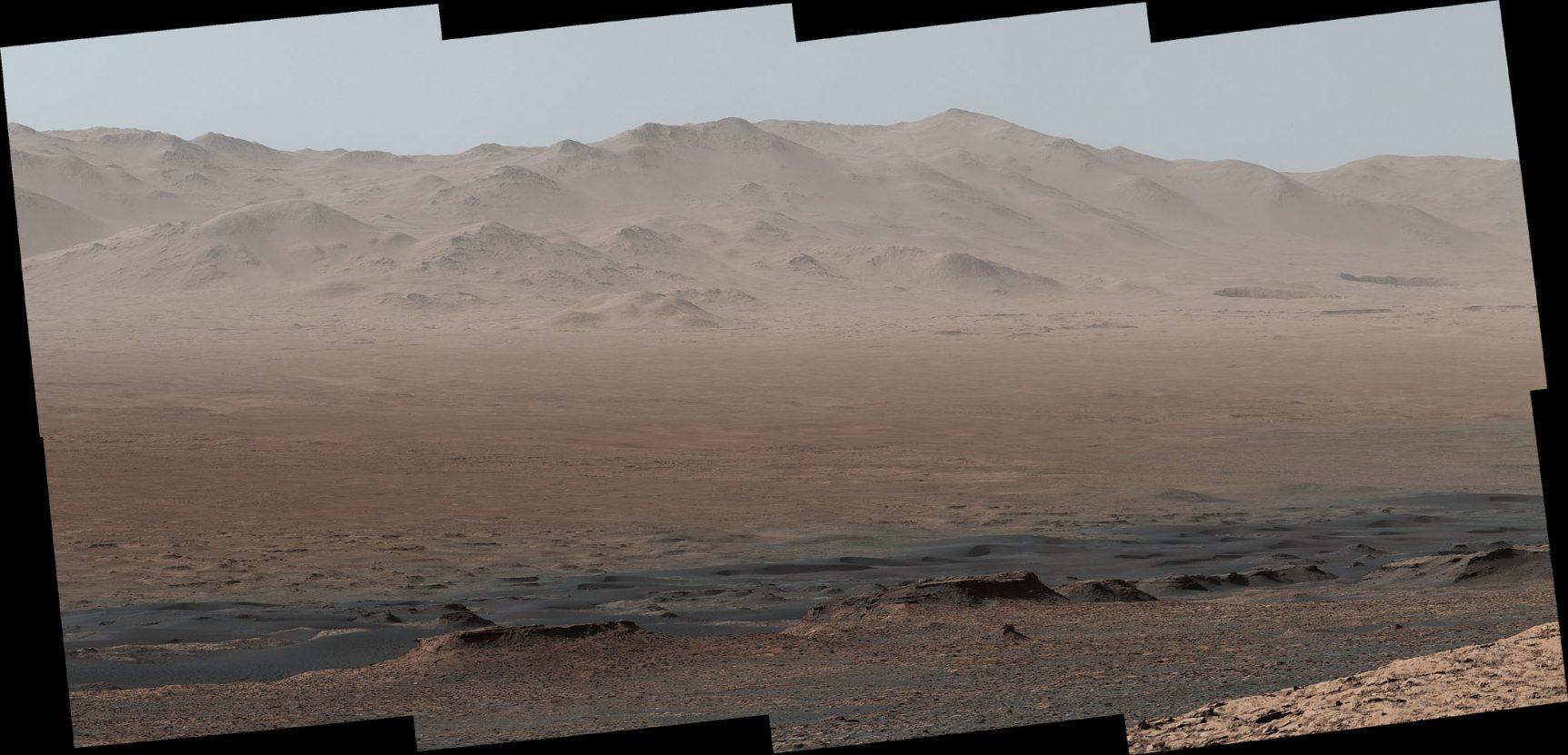
12. Spacecraft data suggested that in the distant past Mars had a full-fledged hydrosphere. Streams of water flowed over its surface, lakes and seas existed there. But as the climate changed, almost all of it was lost. The remnants of Martian water are now concentrated in the polar caps, as well as in the subsurface layer of permafrost, tens and hundreds of meters thick. According to modern estimates, if this ice were melted, the surface of Mars would be covered with a layer of water several tens of meters thick.
Follow us on Twitter to get the most interesting space news in time
https://twitter.com/ust_magazine

